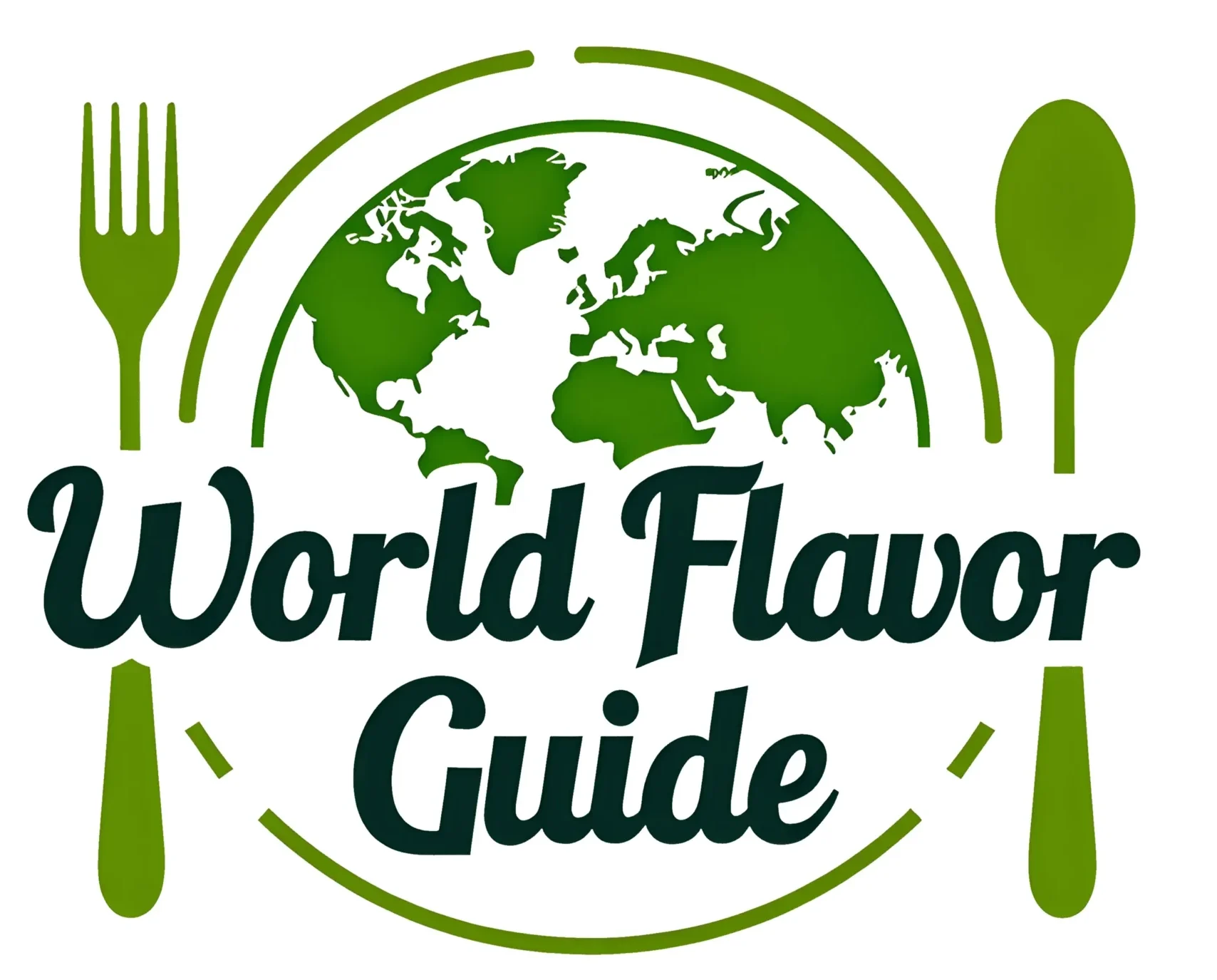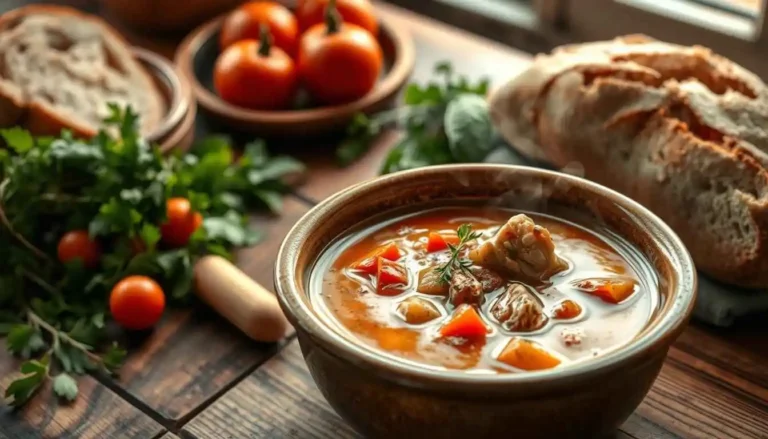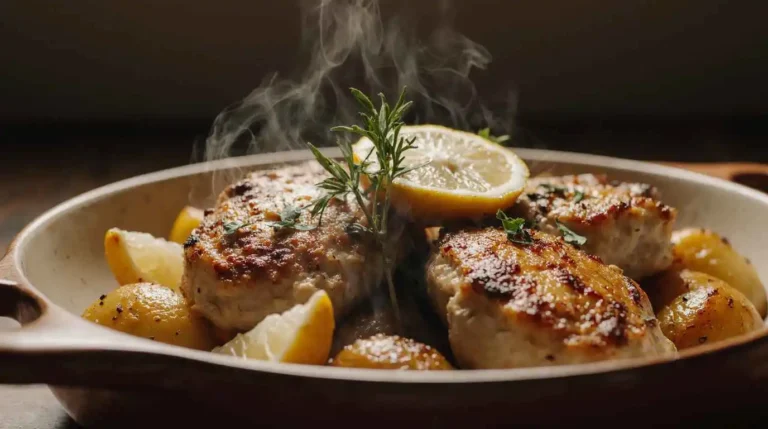Top Low Calorie Salad Ideas for Weight Loss
Eating Salad is one of the healthiest dishes you will ever eat to burn belly fat, or to maintain a lean body.
Do you want to lose weight in a delicious and healthy way? It’s a wise decision to include a low calorie salad in your diet easily. These dishes are packed with nutrients and can help you feel full without many calories.
Weight loss salads are not just about greens. They’re concoctions of things that provide you with lots of essential vitamins, minerals, and antioxidants. Healthy Salad Recipe: Incorporating salad recipes into your diet can be beneficial for your health and overall well-being.
Table of Contents
Key Takeaways
- Eating low calorie salads can help in weight loss
- Dieting salads should be HEALTHY and BALANCED
- Healthy salad recipes are rich in vitamins and mineral properties
- Salads help in eating healthy for overall well-being and wellness
- You should have some creative, low-calorie salad options in mind.
The Science of Salad and Weight Loss
Knowing about salads for weight loss, you can pick healthier foods. You can lose weight through the right salads.
Caloric Restriction And Nutrient-Dense Food
A low calorie salad helps reduce weight by consuming fewer calories than you burn. High-veggie, lean protein, and fat-loaded salads provide you with essential nutrients. They also keep calories low.
| Nutrient | Benefit | Example Ingredients |
| Protein | Builds and repairs muscle | Grilled chicken, tofu, beans |
| Fiber | Aids digestion and satiety | Leafy greens, broccoli, carrots |
| Healthy Fats | Supports heart health and satisfaction | Avocado, nuts, olive oil |
How High in Fiber and Water Content Helps Weight Loss
Large salads with high fiber and water content will also keep you feeling full. Cucumbers, tomatoes, and leafy greens are all good options. Fiber slows down the digestion process, while water adds bulk without providing calories. These salads are excellent for weight loss or maintaining a healthy weight.
Vital Ingredients for Low-Cal Salads
Creating a low calorie salad that’s satisfying and healthy begins with understanding its main ingredients. The right Salad can be a hardworking aid when you want to drop a few pounds, providing the vitamins you need without the calories.
Leafy Green Bases
Almost every low calorie salad starts with leafy greens. They contribute mass without calories and are full of nutrients.
Greens – How to Choose the Best Ones for Maximum Nutrition
Kale and spinach make an excellent base for salads. They’re packed with vitamins and minerals.
Blending Greens for Flavor and Texture
The more greens that you can mix, the better your Salad will be. It brings great flavor and texture, adding a touch of fun to the eating experience.
Lean Protein Options
Incorporating lean protein is essential to keep you full and maintain strong muscles. There are a million protein options.
Animal-Based Proteins
Grilled chicken or salmon is an excellent addition to a healthy salad. They’re protein-rich and low in calories.
Plant-Based Proteins
Excellent sources for meat abstainers are chickpeas and tofu. They’re packed with protein, and they pair well with greens!
Smart Dressing Choices
The dressing is key to keeping this Salad’s calories in check. Choosing wisely is key.
Oil-Free Alternatives
Opt for vinegar-based or yoghurt-based dressings. They have fewer calories than traditional dressings.
Low Calorie Salad Dressings (Homemade)
For greater ingredient control, whip up your dressing. This will allow you to keep it low calorie, but big on flavor.
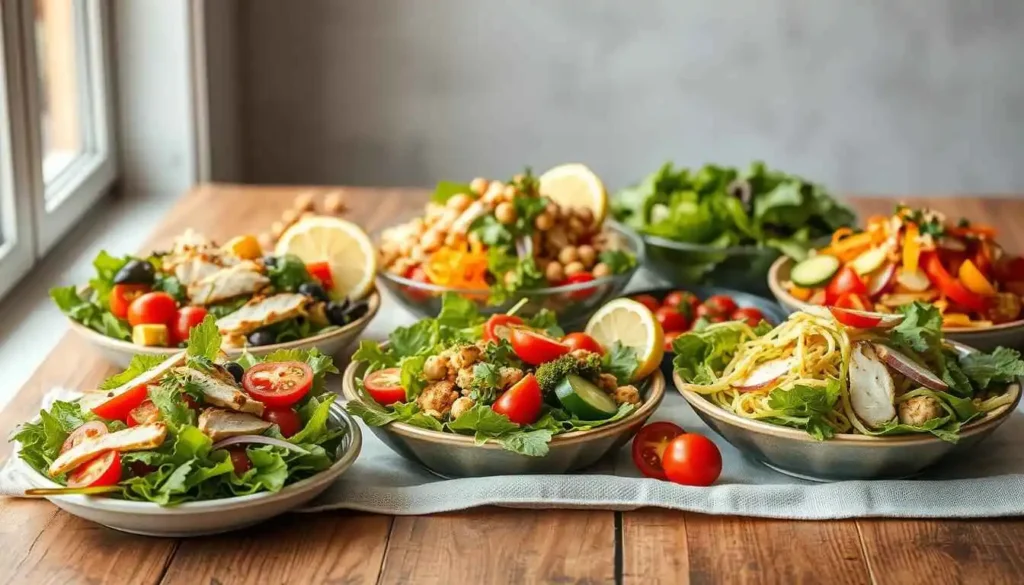
10 Low-Calorie Salads for Weight Loss
Discover how low calorie salads can enhance your weight-loss journey, along with our top picks. Not only are these simple salads delicious, but they’re filled with nutrients. They fill you up and make you happy. These salads can be enjoyed at any meal, whether for lunch or as a light supper.
Mediterranean Chickpea Salad – 250 Calories
For a simple salad, it’s packed with so much flavor from the chickpeas, cherry tomatoes, cucumbers, and feta cheese. It’s showered in a bracing lemon vinaigrette. It’s great to have a summer salad that’s both refreshing and filling.
Cucumber Salad – 150 Calories, sauce dressing
This would be amazing to take to a Potluck!
Shaved cucumbers, carrots, and red bell peppers are tossed with toasted sesame seeds and drizzled with a delicate soy sauce dressing. It makes for a zesty and refreshing, low-calorie salad.
Southwest Black Bean Salad – 220 Calories
For lunch
This Salad is topped with black beans, fresh tomatoes, coriander, and avocados. It’s tossed with a spicy lime dressing. It’s a hearty, colorful choice for a quick lunch.
Greek Yogurt Chicken Salad – 280 Calories
A protein-rich salad is made by combining cooked chicken, Greek yogurt, cucumbers, and cherry tomatoes. It is at once healthy and satisfying.
Spinach Berry Salad – 200 Calories
A combination of fresh spinach, strawberries, blueberries, and feta, drizzled with balsamic vinaigrette, is a sweet and tangy, easy salad idea. It works for any time of day.
Additionally, these salads are not only tasty but also well-balanced. They are great for weight loss. Build your meals with these low-calorie salads and still experience variety while staying on track for weight loss.
Low-Calorie Salads for Vegetarians and Vegans
These low-calorie vegetarian and vegan salads are loaded with a variety of flavors and textures. They make meal prep enjoyable and efficient. Healthy Salads You can create healthy salads with plant-based proteins and a variety of colors and nutrient-rich ingredients.
Wild About Awake Foods!
In vegetarian and vegan salads, protein is key—beef up your salads with legumes, tofu, and tempeh.
Legume-Based Salads
Legumes, such as chickpeas, lentils, and black beans, are rich in protein and fiber and packed with essential nutrients. Create a Mediterranean chickpea salad featuring mixed greens, cherry tomatoes, and a lemon-tahini dressing.
Tofu and Tempeh Options
Tofu and tempeh are excellent sources of protein. Marinate and grill them to make salads more interesting. Throw them in an Asian-flavored salad with mixed greens, sliced cucumber, and a soy-ginger dressing.
Rainbow Nutrient-Packed Mixes
There’s nothing like a rainbow on your plate, and it’s good for you. Combine all of the vegetables and/or fruits of different colors in the same Salad.
Rainbow Salad Principles
Opt for a range of colors on your plate. For a colourful salad rich in nutrients, you would add green leafy greens, red bell peppers, orange carrots, and yellow cherry tomatoes.
Superfood Add-ins
Top off your salads with superfoods such as quinoa, chia seeds, and nuts. They serve as nutritional boosters, adding texture and flavor to the dish.
| Salad Type | Protein Source | Calories |
| Legume-Based | Chickpeas | 250 |
| Tofu and Tempeh | Tofu | 200 |
| Rainbow Salad | Quinoa | 300 |
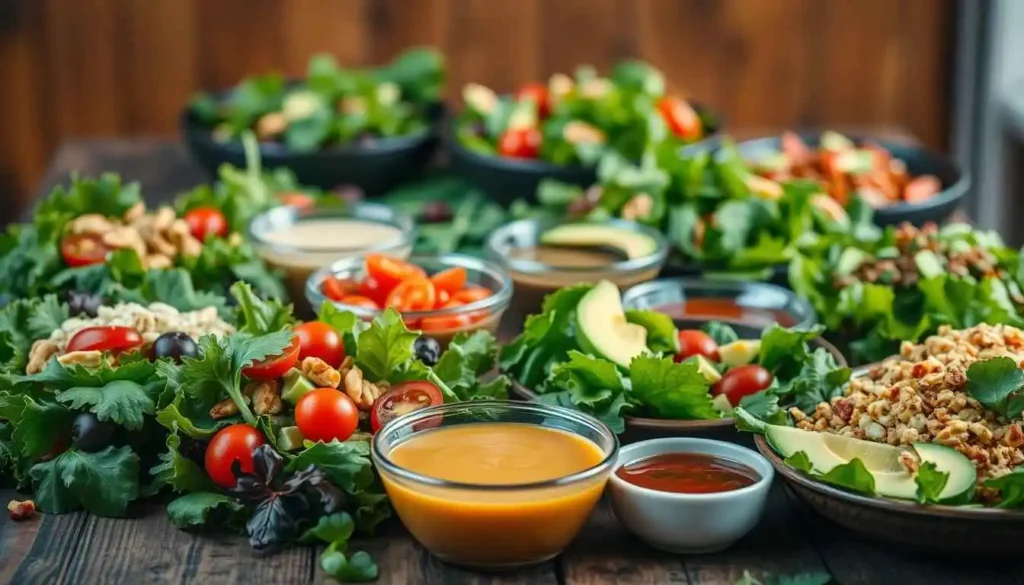
Fresh Low-Calorie Salads with Seasonal Ingredients
Seasonal fruits and vegetables can be incorporated to produce a delicious and healthy low calorie salad. It’s this technique that ensures your salads taste good and are suitable for you. Produce is in season, so it’s likely to taste better and fresher; in turn, your salads will be more enjoyable.
Spring and Summer Produce
During the spring and summer, a variety of fresh ingredients are available to make low-calorie salads. These include:
Berries and Stone Fruits
Berries, such as strawberries, blueberries, and raspberries, are sweet and loaded with antioxidants. More summer fruit, like peaches and nectarines, gives it a juicy spin. Try tossing them with feta cheese and mint for a refreshing summer salad.
Garden Vegetables
Spring and summer gardens are lined with vegetables such as cucumbers, bell peppers, and cherry tomatoes. They are low in calories and high in water, making them an ideal addition to hydrating salads. Stir in some grilled chicken or tofu for a protein boost.
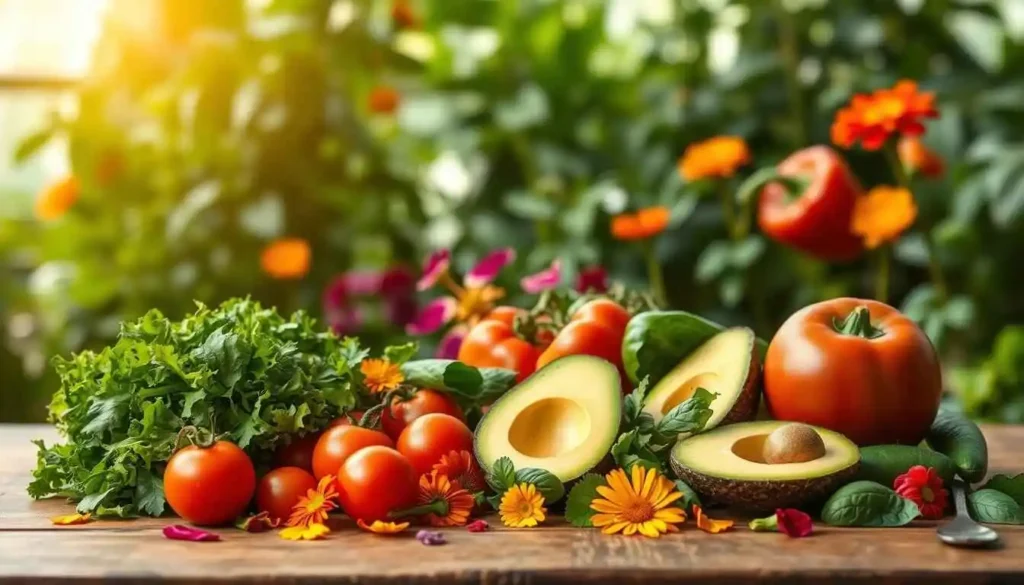
Fall and Winter Vegetables
In the cooler months of fall and winter, other ingredients get their turn to shine. Make root vegetables, as well as hearty greens, the stars of your low-calorie salads.
Root Vegetables
Root vegetables, such as beets, carrots, and parsnips, are filling and rich in fiber. Roasting them enhances their natural sweetness, which renders them perfect vehicles for tangy dressings.
Hearty Greens
It can be chilly outside, but what about inside? Greens like kale and spinach are rich in nutrients and are resilient enough to withstand cold weather. Toss them with any leftover roasted root vegetables and a citrus vinaigrette for a wintry salad.
How to Meal Prep Weight Loss Salads
If you want to incorporate weight-loss salads into your diet, meal prepping can be a helpful approach to achieving your goals. It’s convenient and ensures I always have healthy meals on hand.
Make-Ahead Components
Prepare parts of your Salad in advance: Prep it follows the “ingredients prep” portion of Cook Your Ingredients above, but is more specific to this Salad. Cook proteins, such as chicken or beans, roast vegetables, and prep grains, like quinoa. This will allow you to achieve Salad in a rush.
- Grill proteins such as chicken, turkey, or tofu
- Roast up some broccoli, sweet potatoes, and Brussels sprouts, etc.
- Cook some grains, such as quinoa, brown rice, barley, or farro
Storage – Keeping it Fresh
Storing your salad parts correctly is key to keeping them fresh. Store each portion in an airtight container. Keep them fresh longer by storing them in the fridge.
| Component | Storage Tip | Freshness Duration |
| Leafy Greens | Store in a sealed container with a paper towel | 3-5 days |
| Cooked Proteins | Keep in an airtight container | 3-4 days |
| Roasted Vegetables | Store in a covered container | 5-7 days |
Batch Cooking Tips
A head start on meals, batch cooking is saving time. Cook in big batches: grains, proteins, and vegetables. Use them in just about any salad all week long. It saves time, and the waste is way down.
Batch cooking is the key to meal prep. It’s a great shortcut to cook healthy meals ahead of time and make sure you eat right. — Nutrition Expert
A variety of simple salads for weight loss, along with these make-ahead tips. Whether it’s a simple green salad or a grain salad, having components ready to go makes nutritious eating more manageable.
Mistakes that Make Your Salads High in Calories
Salads, with the best of intentions, can be high in calories! This occurs when you overindulge in particular products or fail to be mindful of your portion sizes. So, without further ado, let’s see how to make those salads healthier and lower in calories.
Hidden Calorie Bombs to Avoid
A healthy salad can quickly become unhealthy, thanks to certain ingredients. Figuring out what goes into your Salad can help keep it healthy.
Problematic Toppings
Toppings can easily up the calorie count on your Salad. If you do, you risk finding your salads with a delightful array of fatty croutons and creamy cheeses… and no room left in the calorie count for anything else. A quarter cup of fried croutons contributes around 120 calories, for instance.
Restaurant Salad Pitfalls
Restaurant salads are a dicey proposition. Even the healthier-seeming menu choices can rack up calories in hidden ways, thanks to the use of dressings, toppings, and specific preparations. A study found that some restaurant salads contain as many calories as a fast-food burger.
| Restaurant Salad | Approximate Calories |
| Grilled Chicken Salad with Caesar Dressing | 540 |
| Cobb Salad with Bacon and Blue Cheese | 740 |
Portion Control Guidelines
Here, it’s particularly crucial if you’re making a low calorie salad. Here are some guidelines to help you portion wisely.
Measuring Techniques
Measuring cups or a food scale ensure that you portion your Salad unfailingly. This ensures that you don’t overestimate or underestimate how much you’re eating.
Visual Portion Guides
Visual cues can help if you don’t have measuring tools. For instance, a portion of protein the size of your palm. All the leafy greens you eat should fill both your hands.
By recognizing these common mistakes and avoiding them, you can create a genuinely healthy, low-calorie salad. It is to help you lose weight.
How To Eat Low-Calorie Salads And Make It Work For Weight Loss
Including low calorie salad in your meal plans can contribute significantly to weight loss. “Stick to nutrient-dense ingredients, lean proteins, and use dressings wisely,” says Keri Glassman, RD. This way, you can create delicious and healthy salads that will support you in achieving your health and wellness goals.
Begin by experimenting with combinations of leafy greens, veggies, and lean proteins. Consider the nutritious salad recipes we’ve posted, including the Mediterranean Chickpea Salad and the Spinach Berry Salad. They have the potential to fuel you to make your own.
Just remember, stick with it! Enjoy Salad with all your meals by planning them. It will get easier to eat healthily. You’re on the right course to a slimmer you.
Tried This Recipe? Tell Us What You Think!
There are no reviews yet. Be the first one to write one.
